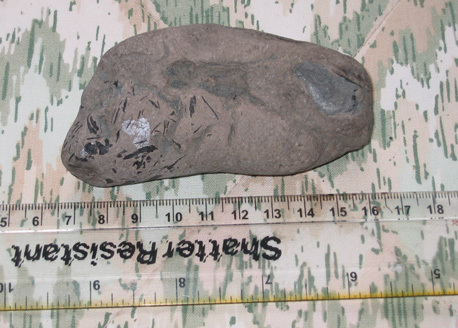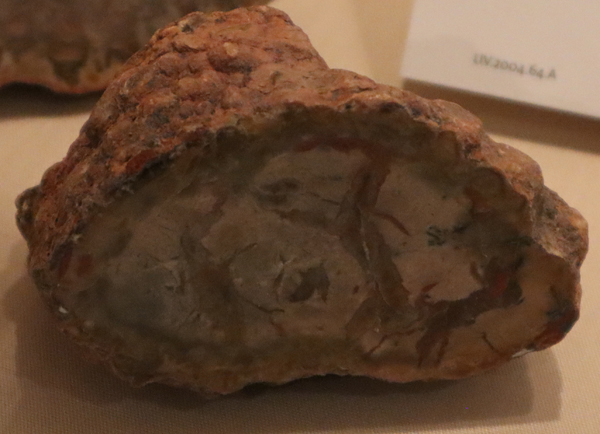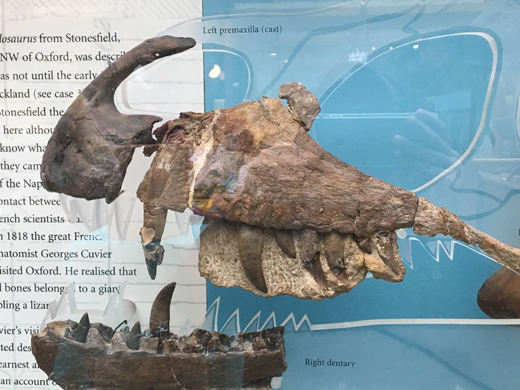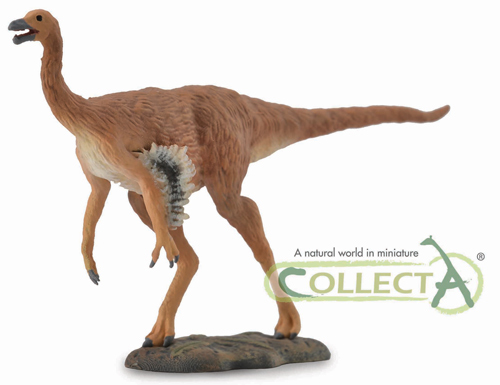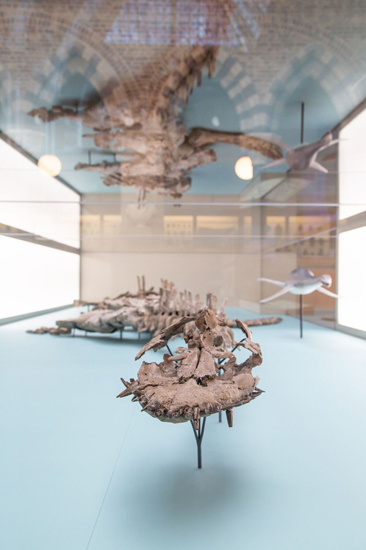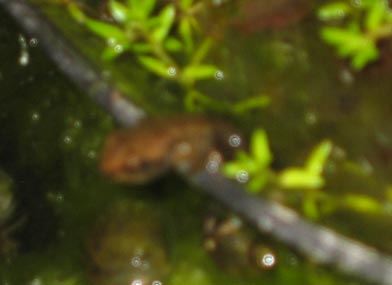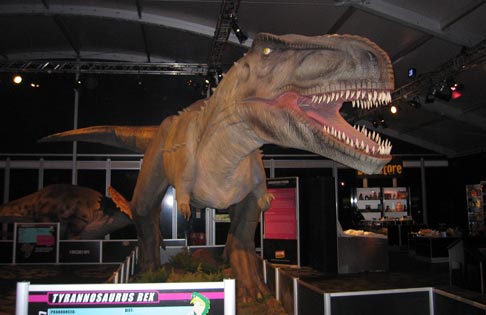Bizarre “Primitive” Eel – A Fishy Tale About a New Species
New Species of Pacific Eel shows Primitive Features
A new species of eel, discovered inside an underwater cave of the Pacific island of Palau has astonished scientists as it displays ancient characteristics of the eel family as seen in 100-million-year-old fossil material.
Primitive Eel Species
The island of Palau is certainly a remote location, being approximately 500 miles to the east of the Philippines, but here, in an undersea cave more than thirty metres down, researchers have made the amazing discovery. A number of specimens of this new species have been collected including a juvenile fish measuring less than five centimetres in length and then a larger eel, believed to be an adult female measuring nearly twenty centimetres long.
This new species is so distinct from other known, extant eels that scientists have had to create a new taxonomic family to describe its relationship to other members of the eel family. The international research team, the including scientists from the USA, Japan as well as Palau state that the eel’s anatomical features suggest that it has had a long and independent evolutionary history stretching back to at least the beginning of the Jurassic Period.
Lengthy Evolutionary History
A paper on the team’s research findings can be found in the latest edition of the scientific “Proceedings of the Royal Society B (Biology)”.
The research team were not sure of this creature’s affinity with the eel family (Anguilliformes), but genetic analysis confirmed that this fish was a “true-eel”, and a very primitive one at that. It has been described as a “living fossil”, but this phrase can be misleading.
The scientists have stated:
“In some features it is more primitive than recent eels, and in others, even more primitive than the oldest known fossil eels, suggesting that it represents a ‘living fossil’ without a known fossil record.”
Protoanguilla palau
Many of the physical features of this new genus and species of eel, Protoanguilla palau, reflect its relationship to the 19 families of Anguilliformes (true eels) currently living. Other, more primitive physical traits, such as a second upper jaw bone (premaxilla) and fewer than 90 vertebrae, have only been found in fossil forms from the Cretaceous Period (144 million to 65 million years ago). Still other traits, such as a full set of bony toothed “rakers,” in the gill arches are a common feature in most bony fishes, but lacking in both fossil and living eels.
The team’s analyses of total mitochondrial DNA indicate that P. palau represents an ancient, independent lineage with an evolutionary history comparable to that of the entire order of living and fossil eel species.
In order to classify the new animal, the researchers had to create a new family, genus and species, bestowing on the animal the Latin name Protoanguilla palau the name means “first eel from the island of Palau”.
Photographs show one of the ten specimens of this newly discovered eel that the scientists used to determine that this was a new fish species.
A Family Tree of Eels
The team – including Masaki Miya from Chiba’s Natural History Museum in Japan, Jiro Sakaue from the Southern Marine Laboratory in Palau and G David Johnson from the Smithsonian Institute in Washington DC – drew up a family tree of different eels, showing the relationships between them, they then postulated as to the time when the ancestors of P. palau split away from other types of ancient eel.
Their results suggest this new family has been evolving independently for the last 200 million years, placing their origins in the Mesozoic era, a time when the dinosaurs were diversifying and becoming the dominant terrestrial mega fauna.
To read about the remarkable discovery of a fossil fish inside a bore hole drill: Remarkable Fossil Fish Discovery.
The researchers say the Protoanguilla lineage must have once been more widely distributed, because the undersea ridge where its cave home is located is between 60 and 70 million years old and the cave in which they were found is believed to less than two hundred thousand years old.
For models of ancient prehistoric fish and other marine monsters: Models of Prehistoric Marine Animals (PNSO).


